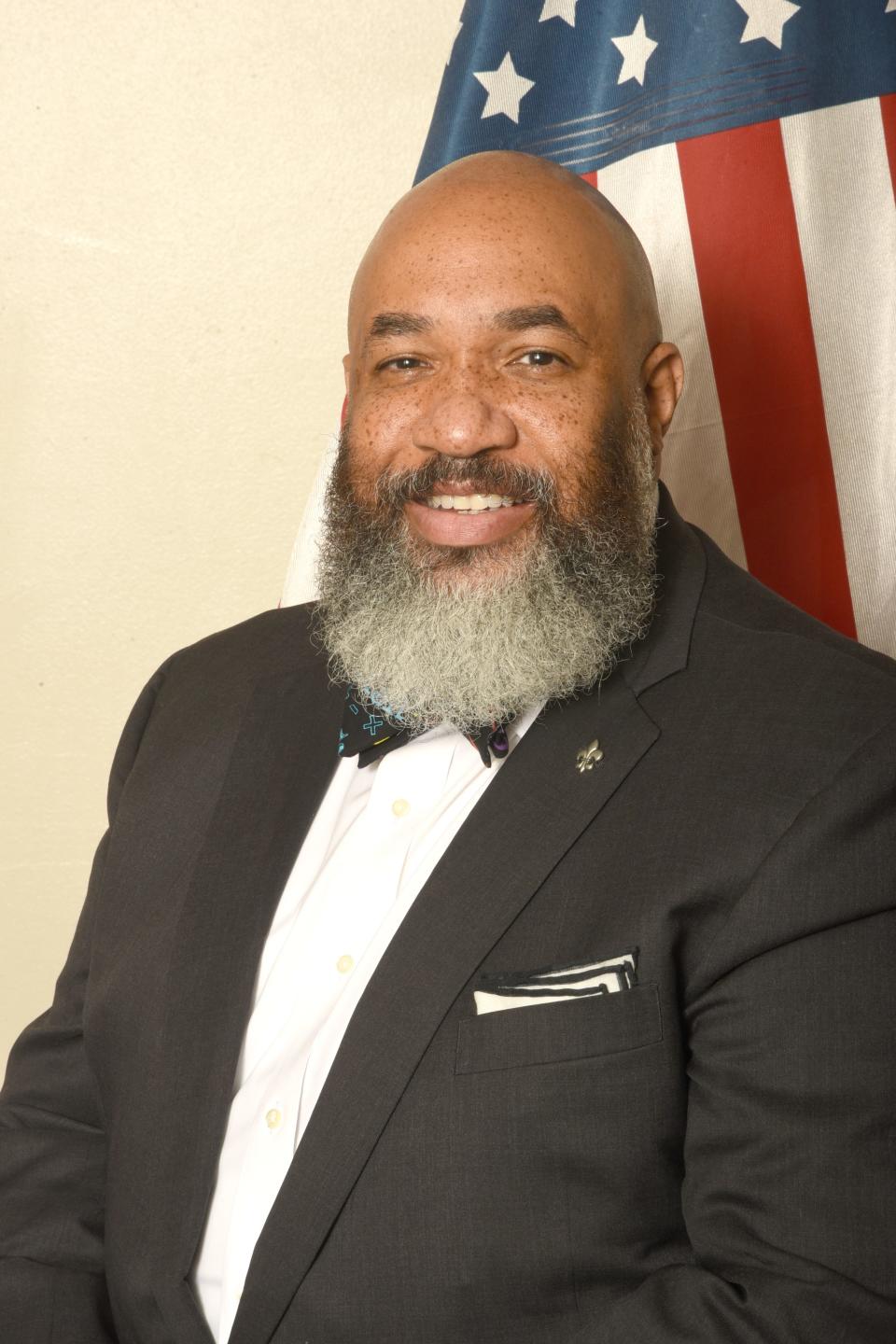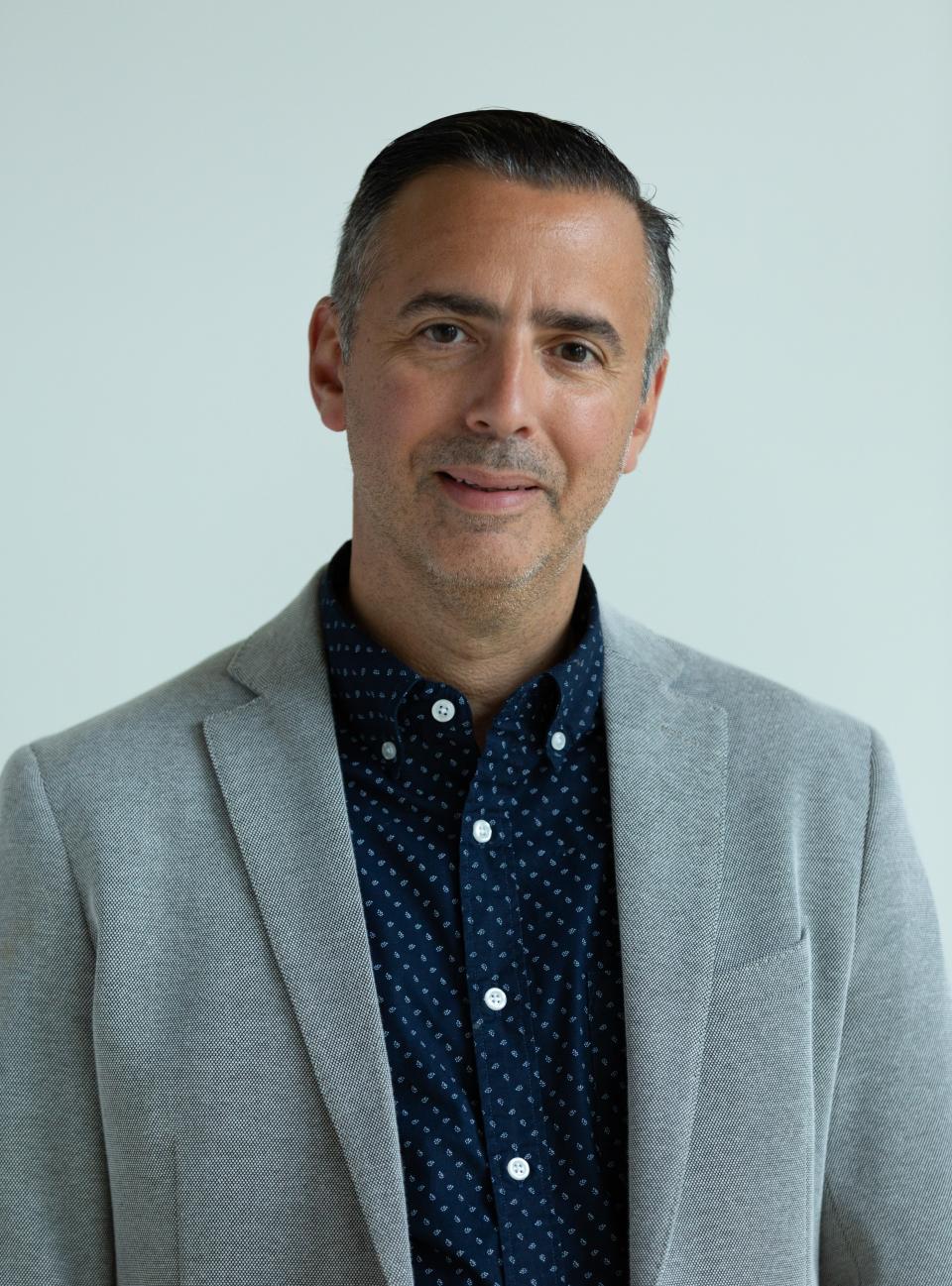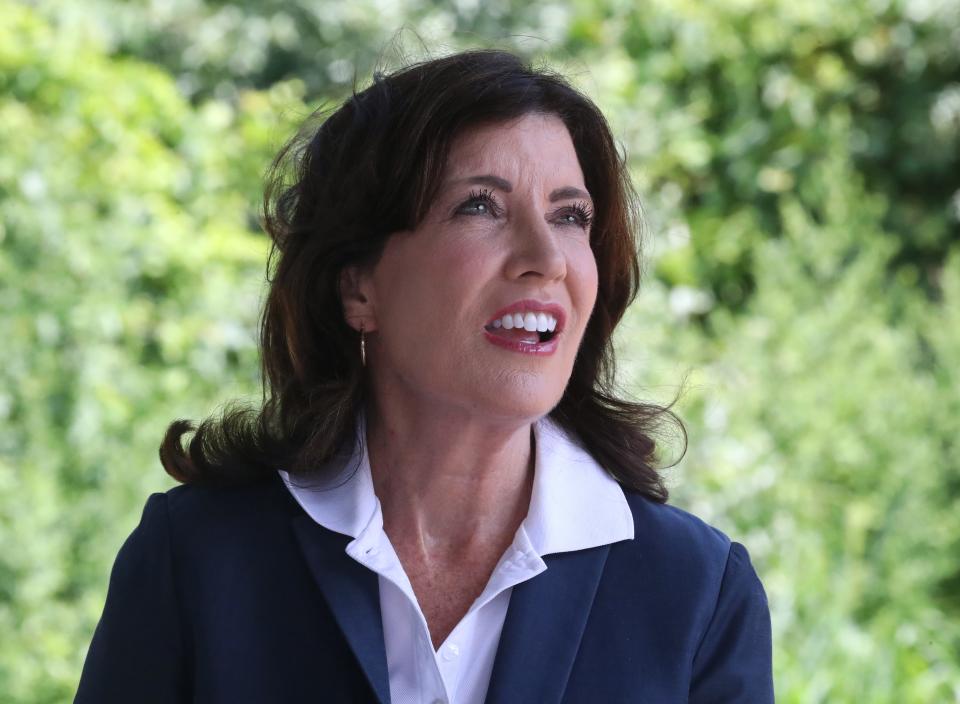The clock is ticking ever faster for the Rockefeller Institute, which has taken on the challenge of modernizing a formula used to distribute $25 billion in state dollars to New York’s nearly 700 school districts.
For three hours on Tuesday, dozens of New Yorkers — from school superintendents to parents — told Rockefeller officials that New York’s “Foundational Aid” formula is outdated, inaccurate and downright deficient in measuring the rising costs of post-secondary needs. -student pandemic. .
They also demanded that the Rockefeller Institute resolve the issue.
“Will there be the political will to make the changes we know need to be made?” asked Marian Bott, an education finance specialist with the League of Women Voters of New York State, in the first of five public hearings the Rockefeller Institute is holding it this summer.
The story continues after the gallery.
There is a lot at stake due to the huge sum of money involved – which represents 10.5% of the entire state budget. Additionally, the state’s Foundation Aid is expected to close the opportunity gap that separates students in wealthy school districts from those whose communities are unable to collect as much in local property taxes.
The state budget set aside $2 million for the Rockefeller Institute, an Albany-based think tank that is part of SUNY, to present recommendations to Gov. Kathy Hochul and the Legislature. But they only gave them until early December to sort things out – about 20 weeks from now – so that the changes could affect next year’s budget.
Several educators said Tuesday there simply isn’t enough time.
“Your challenge is not to listen to the noise, but to find a better formula… A competent recommendation to you might be ‘We need more time,'” said Harrison Superintendent Lou Wool, head of Upper Hudson Valley Schools.
Not surprisingly, almost all speakers wanted more help for more things, something Hochul may not want to hear.
Foundation Aid formula does not measure post-pandemic challenges
Representatives from Westchester school districts showed up in force to the first hearing, at the High School of Fashion Industries in Manhattan, as well as New York City officials and parents. Officials from New Rochelle, Dobbs Ferry, Tarrytowns, Yonkers, Rye City, Ossining and Mount Vernon were among those who addressed four representatives of the Rockefeller Commission, including its chairman, Robert Megna.
Most of the comments fell into two broad groups: familiar complaints that the formula doesn’t even accurately measure basic things like a school district’s poverty and regional costs; and more recent concerns that Foundation Aid does not reflect the growing number of students with disabilities, English language needs and – especially since the pandemic – mental health and other challenges.
“We, like many of our fellow school districts, face the herculean task of educating students in ever-changing times,” said New Rochelle Superintendent Corey Reynolds, also speaking on behalf of the State Association of Small School Districts. Cities. .

The Bedford school district’s plight shows how poorly the Foundation Aid formula measures real financial need in school districts, Erica Pierce, a Westchester County legislator who represents Bedford, told the panel. Although part of the district is home to a small number of wealthy people, Mount Kisco Elementary School serves an immigrant community; half of students learn the English language and 78% are economically disadvantaged.
But of the 46 districts in Westchester and Putnam, Pierce said, Bedford ranks 38th in basic aid per student. If the formula measured median income instead of median income, Pierce said, Bedford would move from the region’s top 5 wealthiest districts to nearly the bottom fourth.
Right now, she said, “our kids lose.”
The Yonkers school district, New York’s third largest with nearly 23,000 students, ends up running a budget deficit every spring due to unreliable state aid, forcing the city to beg for more, said John Liszewski, the city’s school commissioner. city finances, to the panel. “Yonkers is situated in wealthy Westchester County and borders New York, which means our property values are relatively high,” he said. “That works against us in the Critical Aid formula.”
Seventy-seven percent of Yonkers students were classified as economically disadvantaged in 2022-23, but the city ranked 222nd statewide in Fundamental Aid per student. The city has increased its contribution to schools by $498 million over the past 13 years, increasing the burden on local taxpayers, Liszewski said.
“Our children deserve to have the same educational opportunities as every other child in the state,” he said.
Tanesha Grant, a mother, grandmother and community organizer in New York City, noted that the Rockefeller Institute employees present at the hearing were all white.
“This panel does not reflect me in any way,” she said. “This has been one of the big problems in education…Our students never seem to get what they need.”


Numerous NY school costs should receive state aid, speakers say
The main concerns expressed about the Foundation Aid formula were as follows:
-
The formula calculates student poverty rates using data from the 2000 Census, a fact that has been widely ridiculed.
-
Poverty calculations should go beyond the number of students eligible for free and reduced-price lunch, an outdated measure.
-
The formula groups school districts into just nine New York regions when calculating costs. Westchester is grouped with northern counties rather than Long Island and New York, artificially reducing its costs in the formula. Some have called for the expensive Lower Hudson Valley to be a new region.
-
An increasing number of students with disabilities have very different needs, with different educational costs, which are not reflected in the formula, but need to be.
-
The rising costs of educating immigrant students, migrant students, and others with limited English proficiency are also not reflected, but they need to be. These students “have varying degrees of education, including newly arrived students with no prior formal education,” said Tarrytown Superintendent Ray Sanchez.
-
The formula should recognize students in temporary housing and foster homes, several New York City educators and advocates said.
Additionally, Michael Rebell, a key figure in a lawsuit that produced the Foundation Aid formula in 2007, said the state completely failed to calculate how much it costs to give New York students a “sound basic education” as required by the Court state. of Resources in 2003.
Therefore, Rebell said the Center for Educational Equity at Teachers College of Columbia University, where he is executive director, will calculate the cost and develop its own new Basic Aid formula for Albany’s consideration.


Does fixing Foundation Aid mean spending more?
A question that hangs over the entire process is whether calls for updating and improving the Basic Aid formula will require more help.
Nearly all speakers at the first hearing requested additional help from the Foundation for new or changed school costs.
But Hochul, after supporting large increases in Foundation Aid for two years, sought to end the windfalls in 2024-25. She proposed cuts in Foundation aid to half of New York’s school districts — seeking to break a rule that previously prevented any annual cuts. The Legislature did not accept it, however, and no one made cuts to the state’s final budget.
When asking the Rockefeller Institute to review Foundation Aid, she asked them to consider accessibility.


On Tuesday, only Andrew Rein, president of the Citizens Budget Committee, a nonprofit watchdog group, suggested that aid to districts that “have enough money” would have to be reduced if aid to schools in need could be increased. He said districts should be eligible for cuts in Foundation Aid and that New York’s STAR program, which offers tax benefits primarily to those in “wealthy regions,” should be ended.
The Empire Center, a conservative think tank that has been a leading critic of excessive education spending in New York, is preparing its testimony for the Rockefeller Institute. But Empire Center President and CEO Tim Hoefer told The Journal News/lohud that New York’s approach to aid has raised school spending to nearly $30,000 per student, while “results have been average at best “.
He said Foundation Aid increases are counted when teachers and others negotiate salary increases.
“If done correctly, the study will not make recommendations based solely on the needs of numerous special interests, but will consider, for example, how the Help Foundation formula can improve outcomes, best practices from other states, and work to solve difficult fundamental problems . problems – like funding for special education services,” Hoefer said in an email.
Legislative leaders could fight Hochul over any proposed changes that result in aid cuts. Sen. Shelley Mayer, D-Yonkers, chairwoman of the Senate education committee, told The Journal News/lohud that she was not in favor of “any district losing what it gets.
Upcoming hearings are scheduled in Buffalo, Long Island, Central New York and the Capital Region. The Rockefeller Institute is accepting written comments on your website.
While there will be no hearing in the Lower Hudson Valley, State Sen. Bill Weber said Thursday he will hold a discussion and testimony session on July 29 from 6 to 8 p.m. at Rockland Community College’s Cultural Arts Theater.
This article originally appeared in the Rockland/Westchester Journal News: NY School Aid: Most Needed for Student Poverty and Special Needs

































